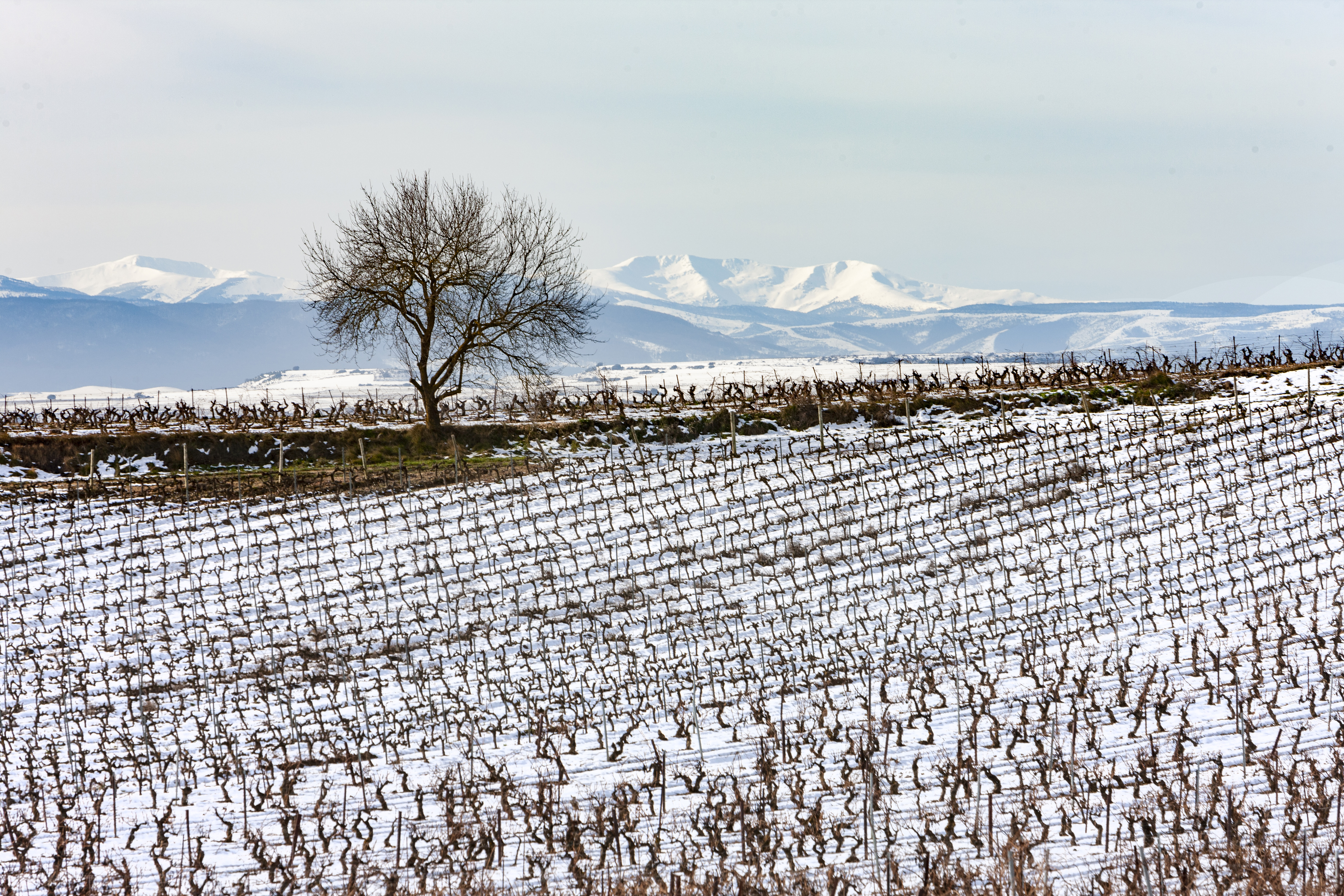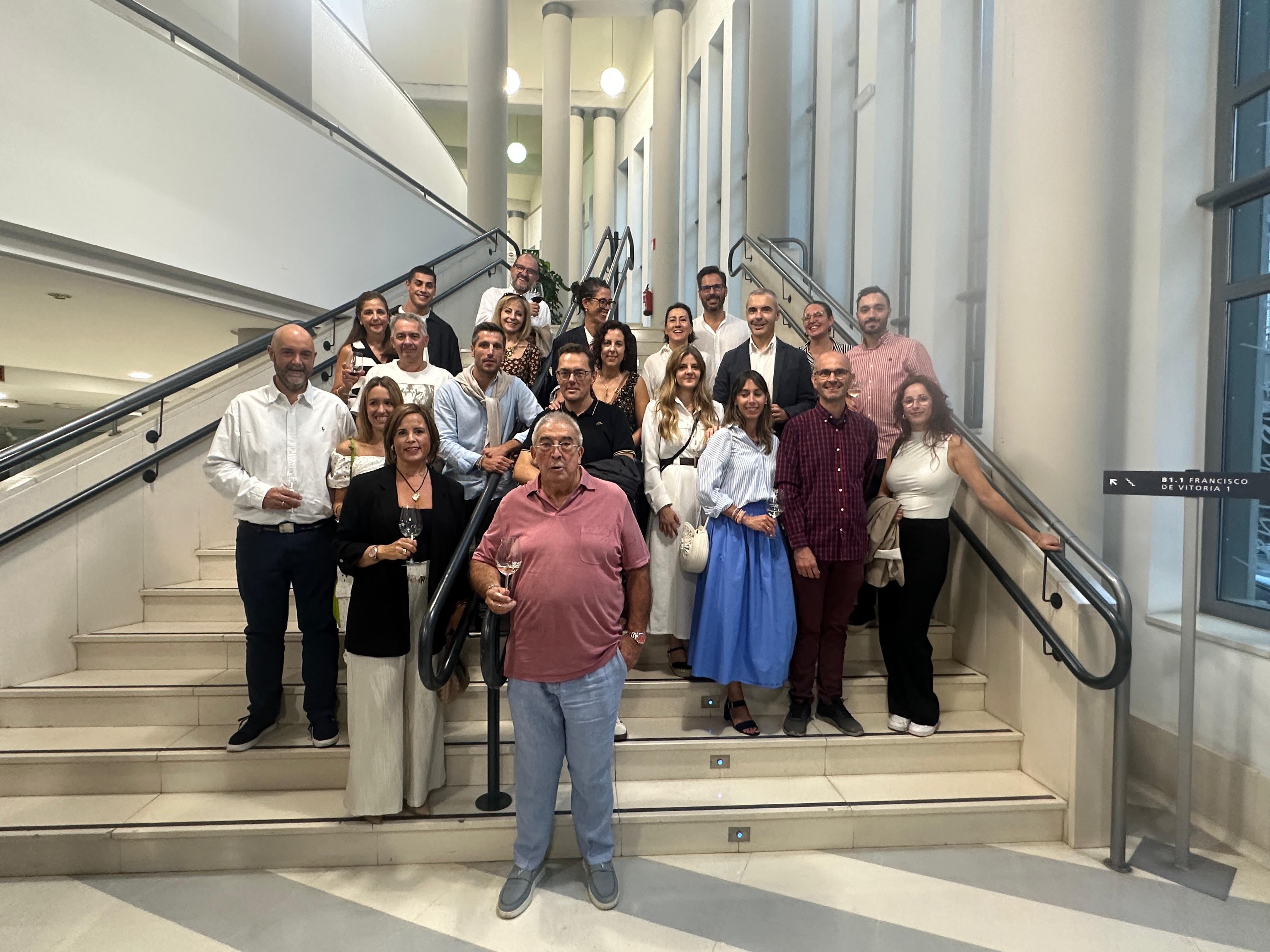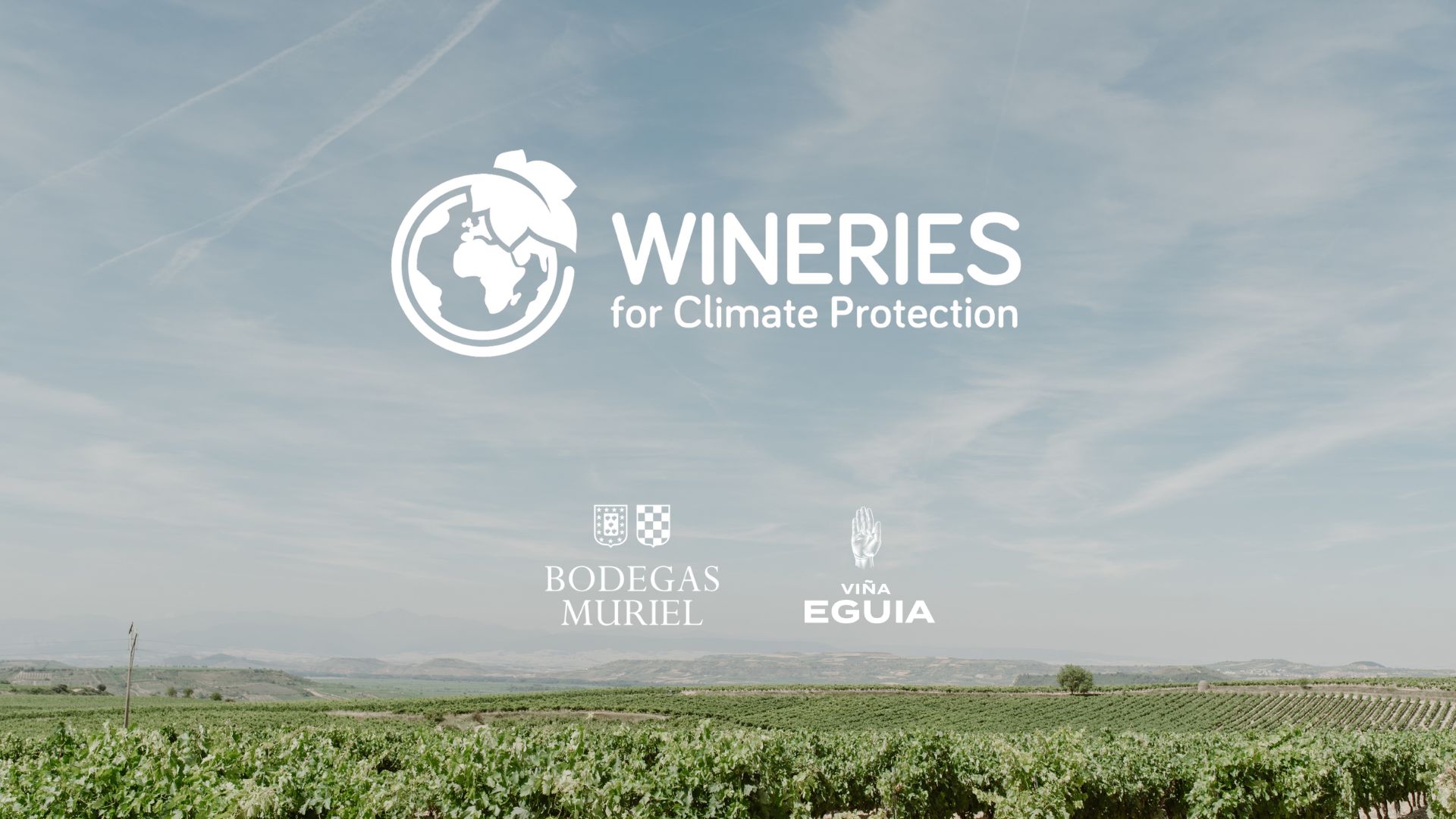Why did wine succeed in Rioja Alavesa?
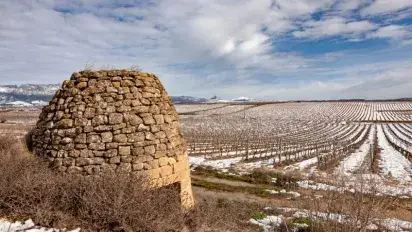
Climate and demand are behind the development of viticulture in the Middle Ages
Here is another question: what's behind this boom in the world of wine? It all began in the Middle Ages, when present-day Rioja Alavesa ?known at the time as the Sonsierra of Navarre? was a part of the kingdom of Navarre surrounded by territory controlled by Castille, the rival kingdom. In order to reinforce this narrow strip of land between the Ebro river and the Sierra de Cantabria mountains, and also to consolidate its settlement, the kings of Navarre granted privileges and advantages to the residents of the Sonsierra, who soon began to farm fields, sow cereals and plant vineyards. An external factor also played a part in the expansion of the vineyards: the climate.
It appears that between the 13th and 14th centuries, a brief ice age affected Western Europe reducing crops significantly. One of the consequences of this cold spell was the disappearance of the vines in the Llanada Alavesa, to the north of the Sonsierra. What were the estimated 7,000 inhabitants of Vitoria ?the current Basque capital? expected to drink back then?
The answer was to arrive from the other side of the Sierra de Cantabria and Toloño, resulting in the ?traviesa", a route that crossed the mountains at various points, such as the Herrera and Rivas mountain passes. Thousands of riders headed to Alava carrying wine skins and returned to the Sonsierra with wood, wrought iron artifacts, coal and other goods.
Things were made easier by the proximity of the two territories. The trip was manageable and the relatively short distance reduced the levies for crossing bridges and roads as well as the salaries of the muleteers. In addition, several political decisions taken in those centuries meant a significant boost to such exchange. An early example was the royal permission granted in 1283 to growers in the Sonsierra to supply wine to the city of Vitoria.
Much later, from 1466 onwards, the villages of Laguardia and Labastida joined the Brotherhood of Álava (the region?s governing body), which consolidated the monoculture of vineyards in Rioja Alavesa. Our territory went on to become the 'bodega' of Vitoria. Vintners and growers gradually started to reorganize their activities and businesses. One of the most significant changes involved the abandonment of open-air lagares or presses in favour of cellars built with masonry stone and underground caves in the villages.
In the 16th century, when vineyard shelters were built, Rioja Alavesa enjoyed regional stability. With the region fully pacified and integrated into Alava, the consolidation of the capital Vitoria as a wine distribution centre for the rest of the Basque Country was a pivotal factor in the continued extension of land under vine. The price of wine was on the rise and viticulture demanded ever more complementary trades, while at the same time encouraging business. The region?s population grew steadily and the wealthy began to proudly chisel their coats of arms on the sandstone façades of their beautiful and imposing mansions.
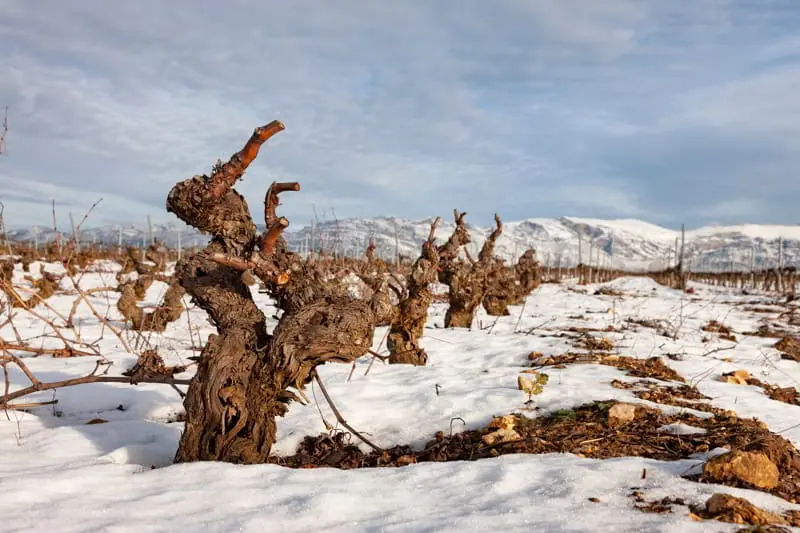 "
"
You may also be interested in:
